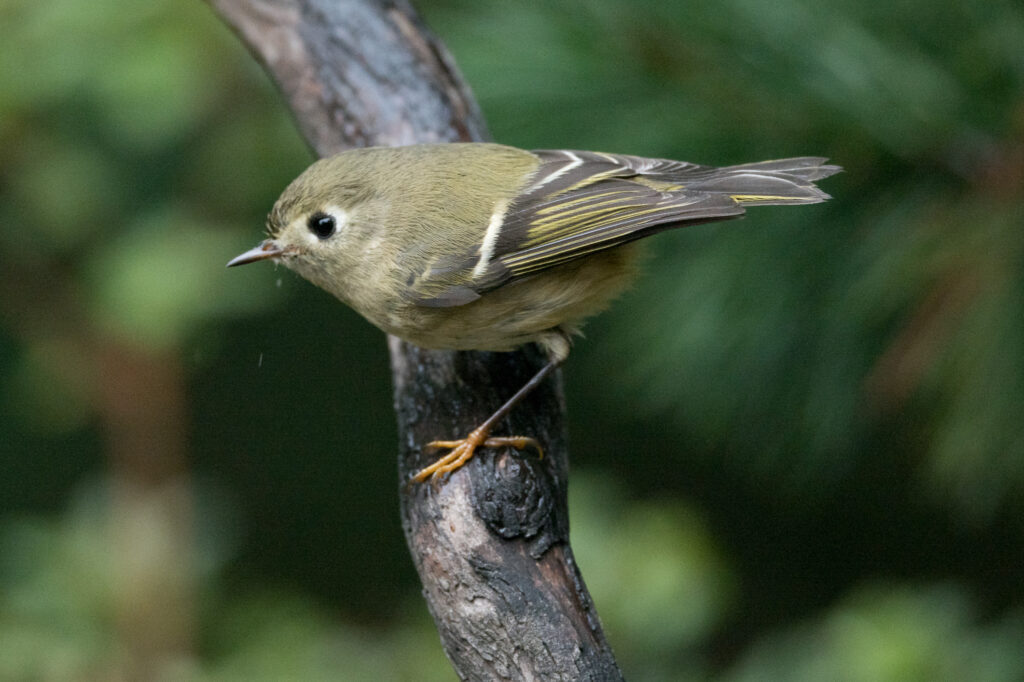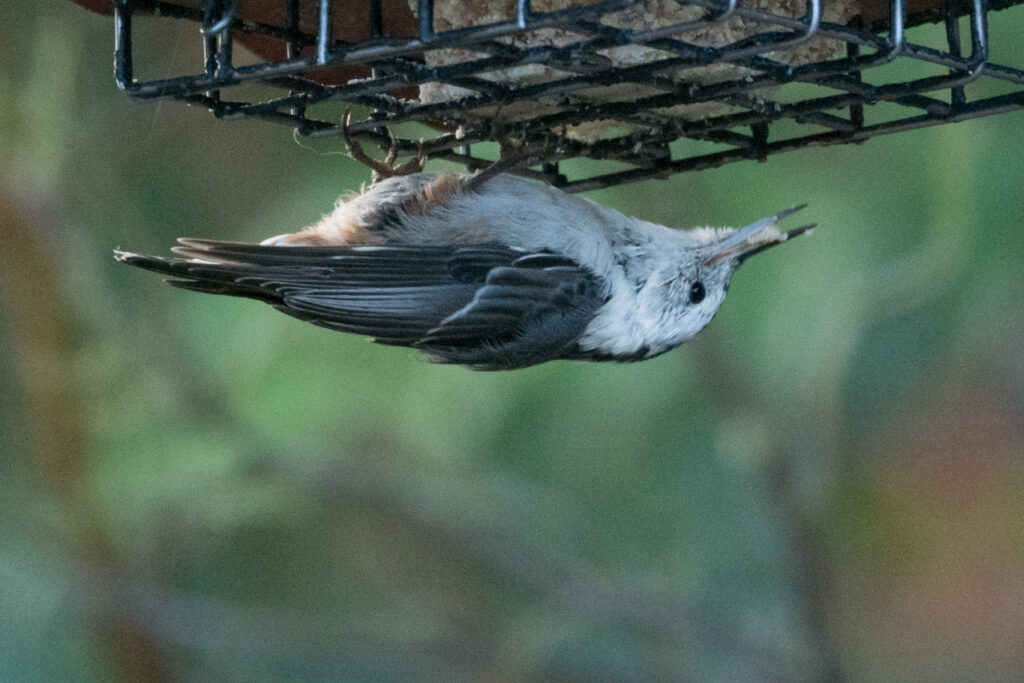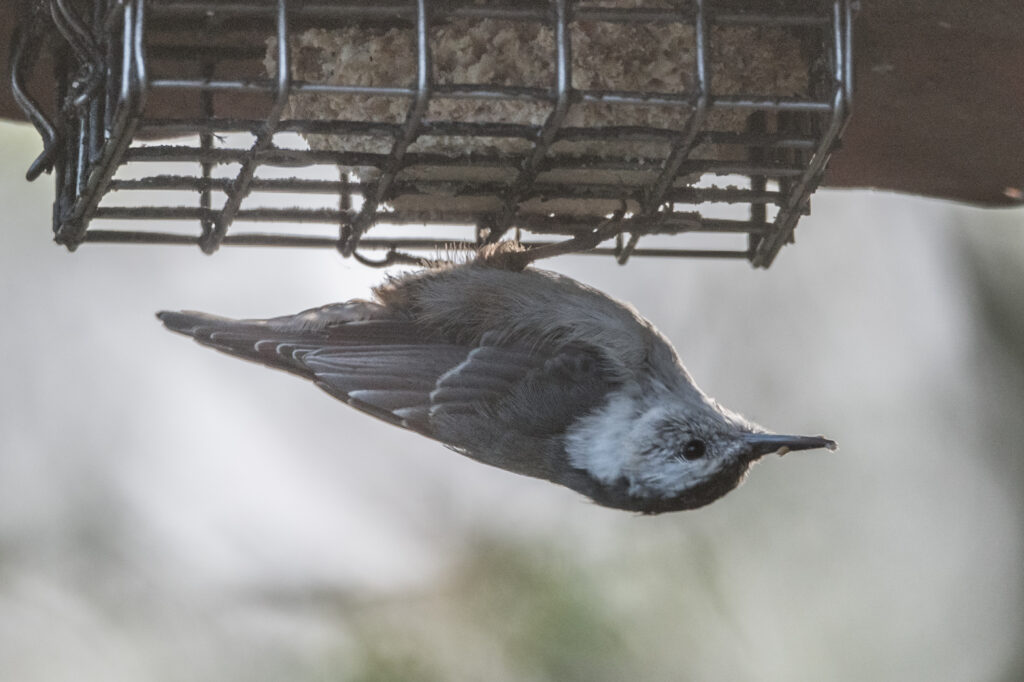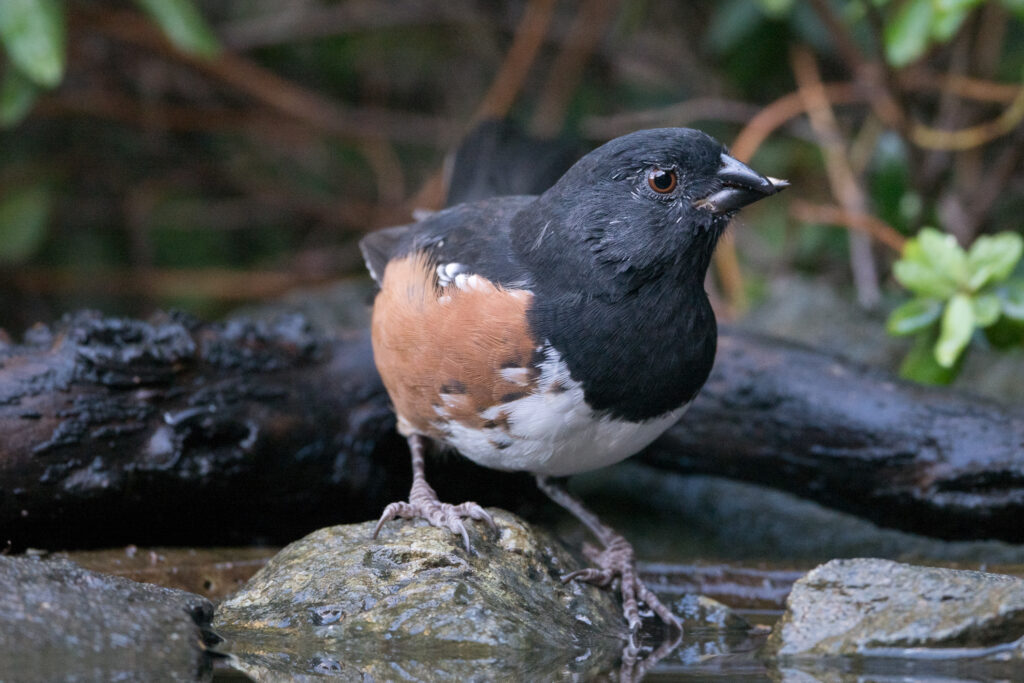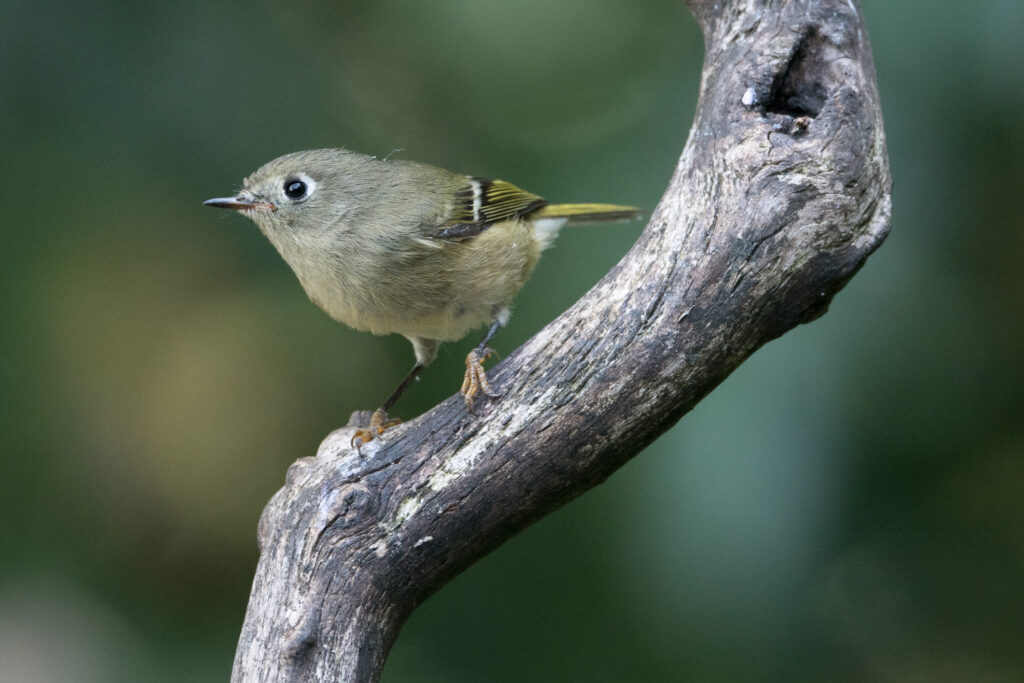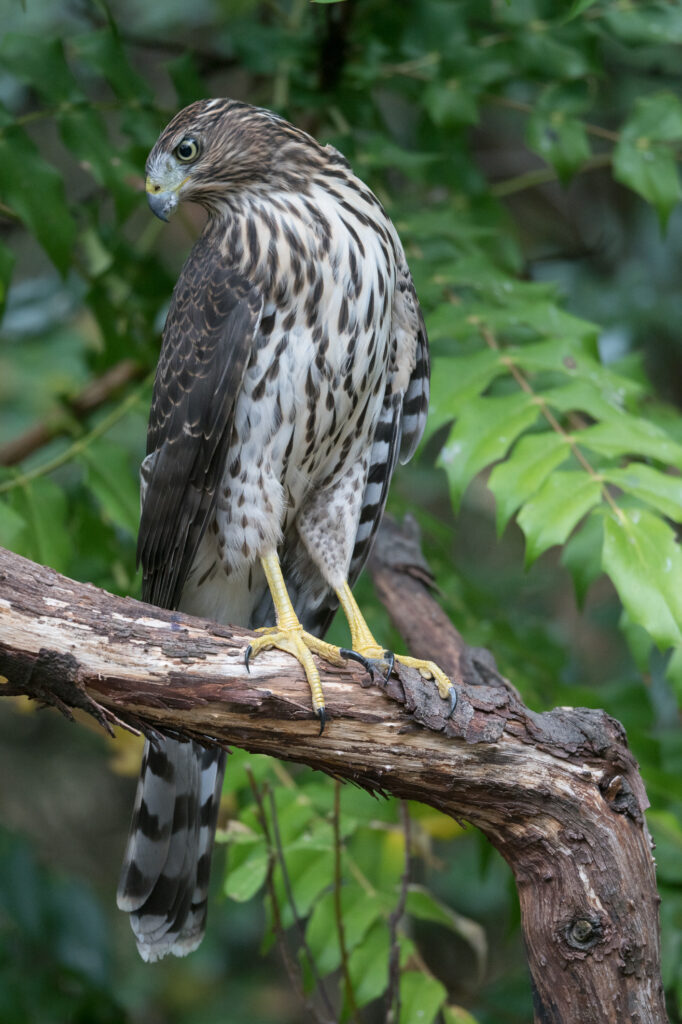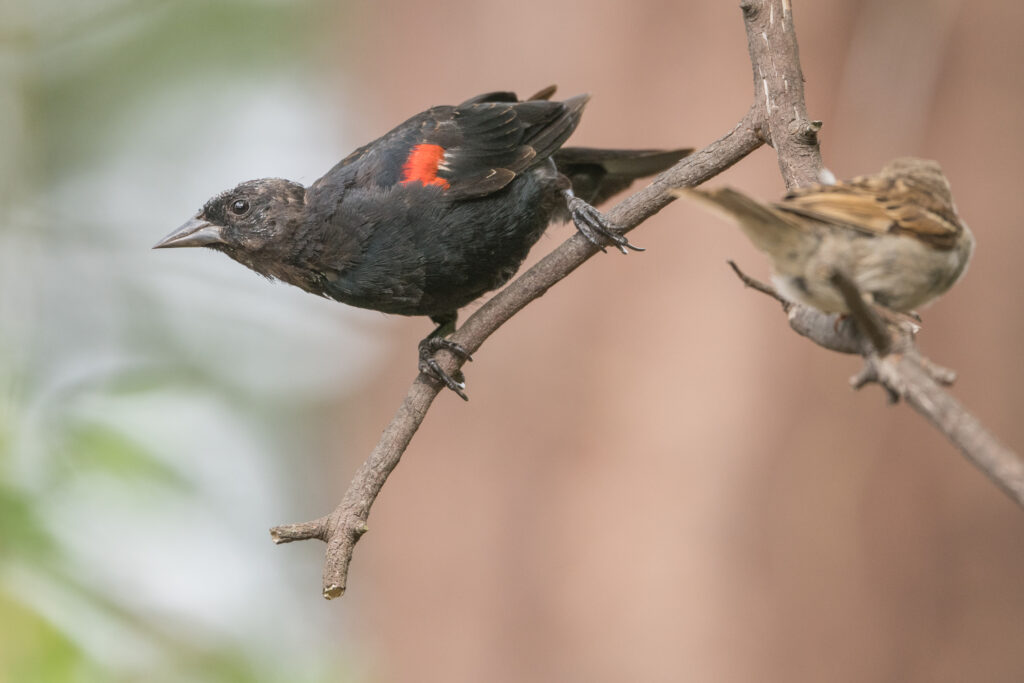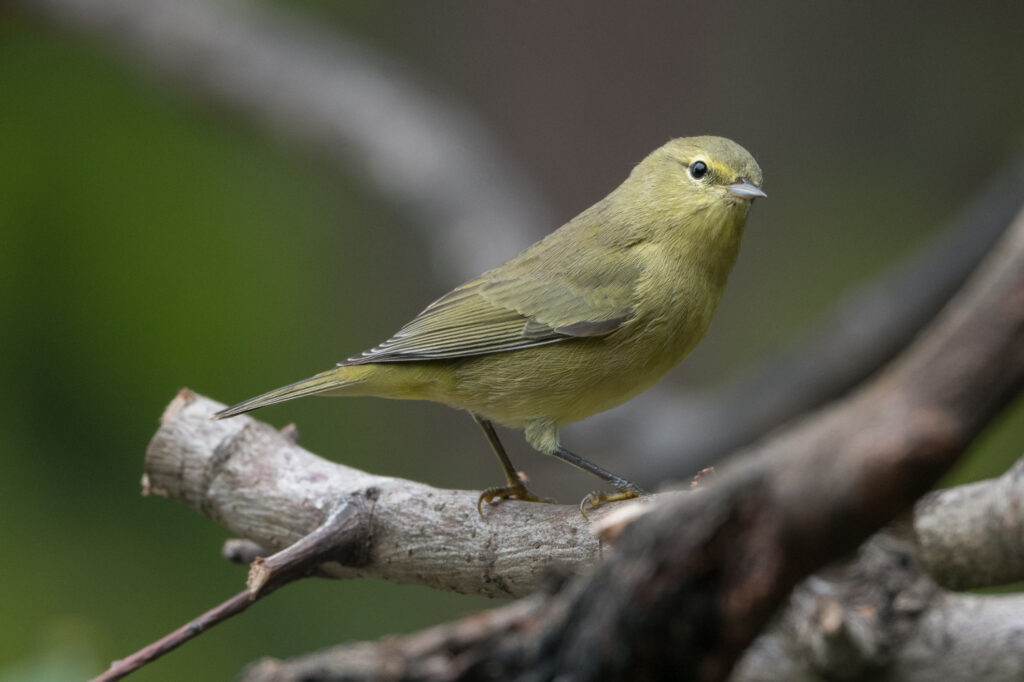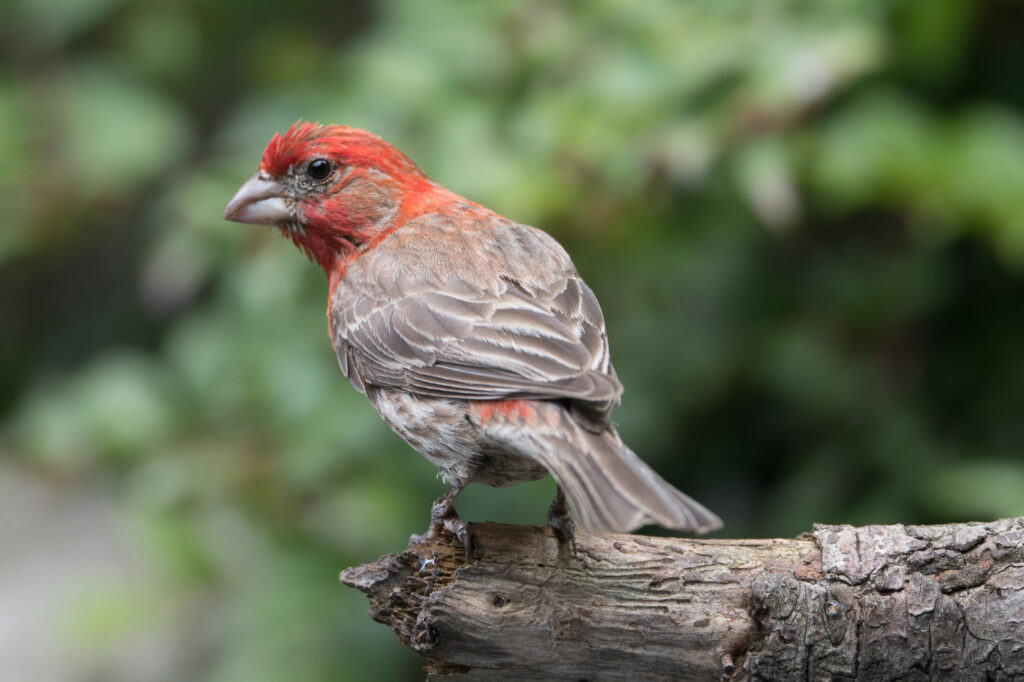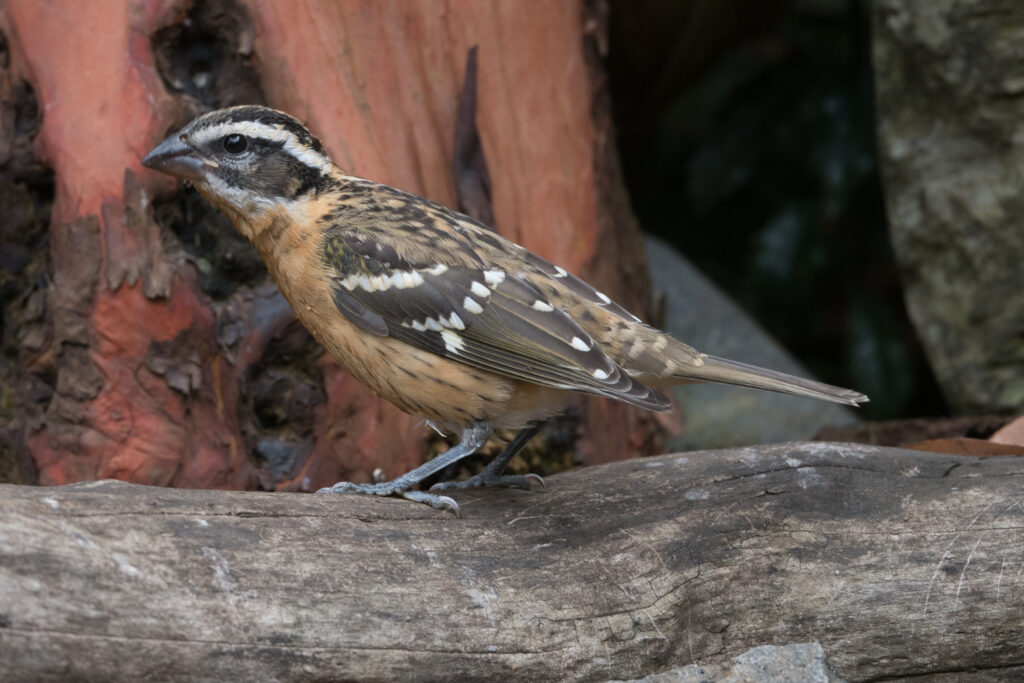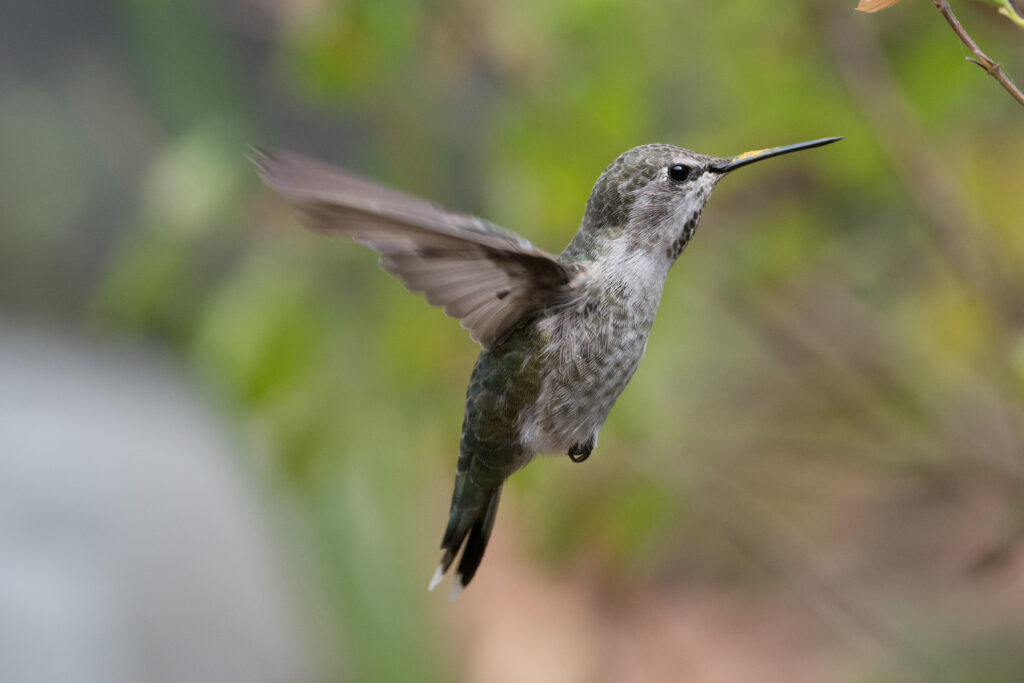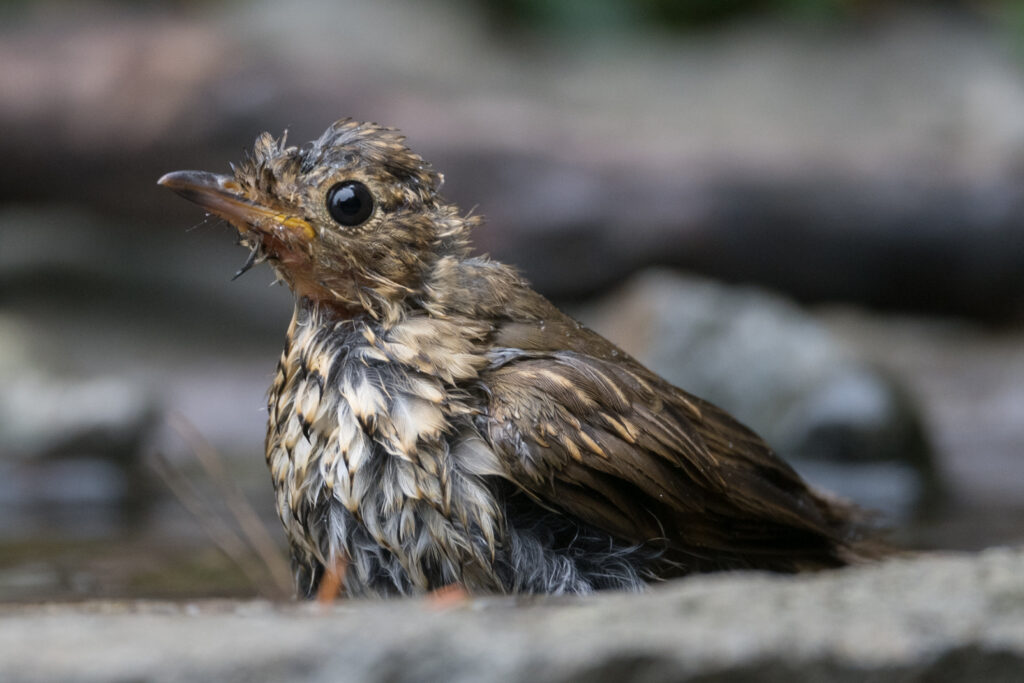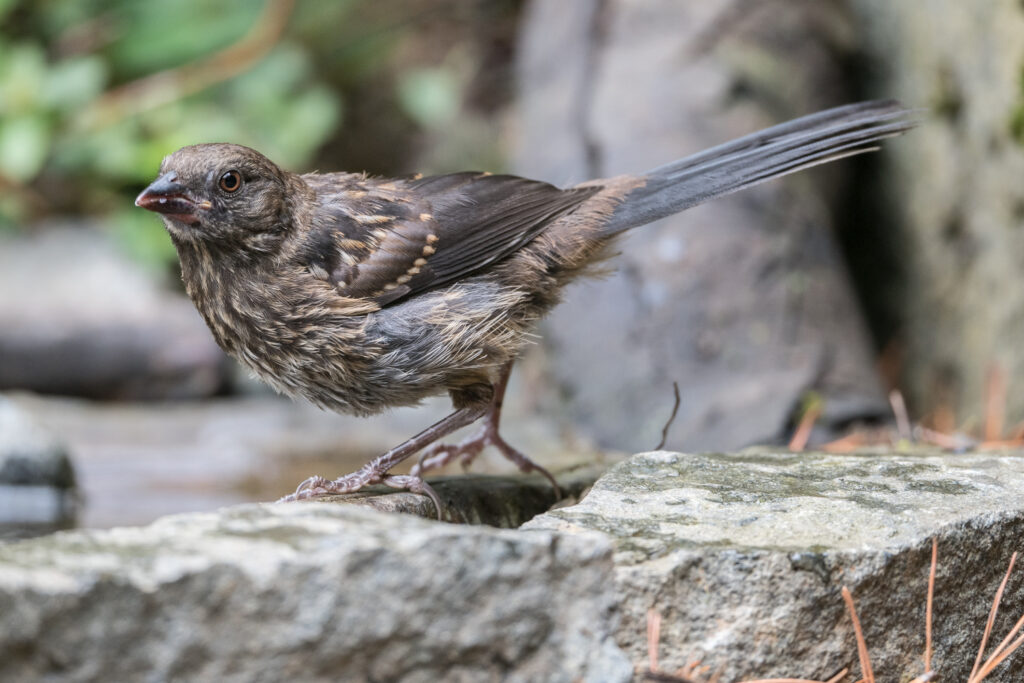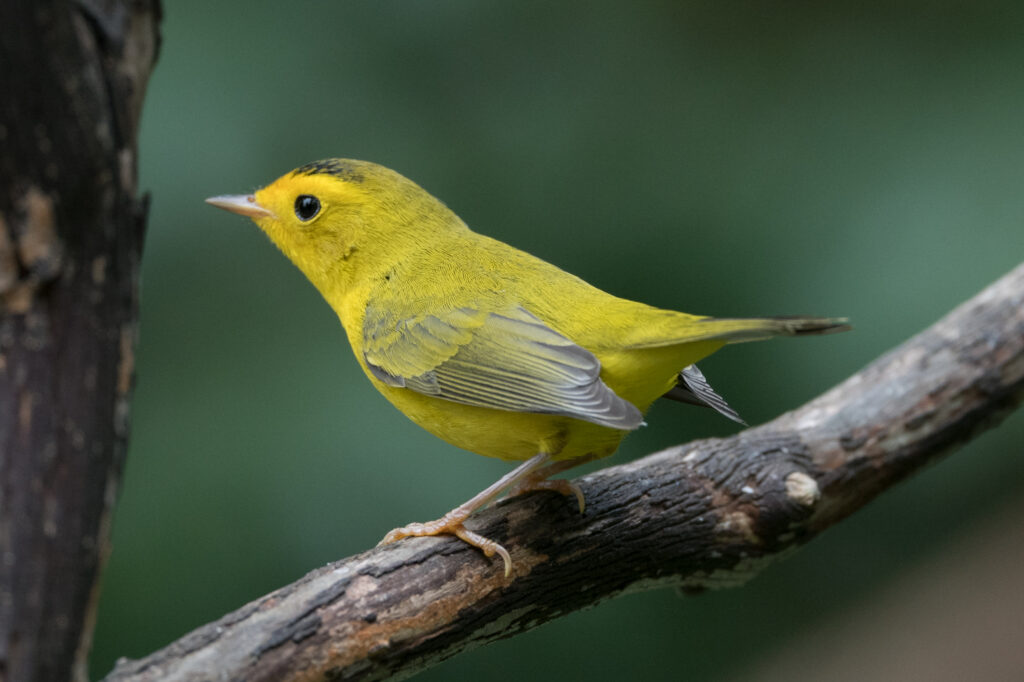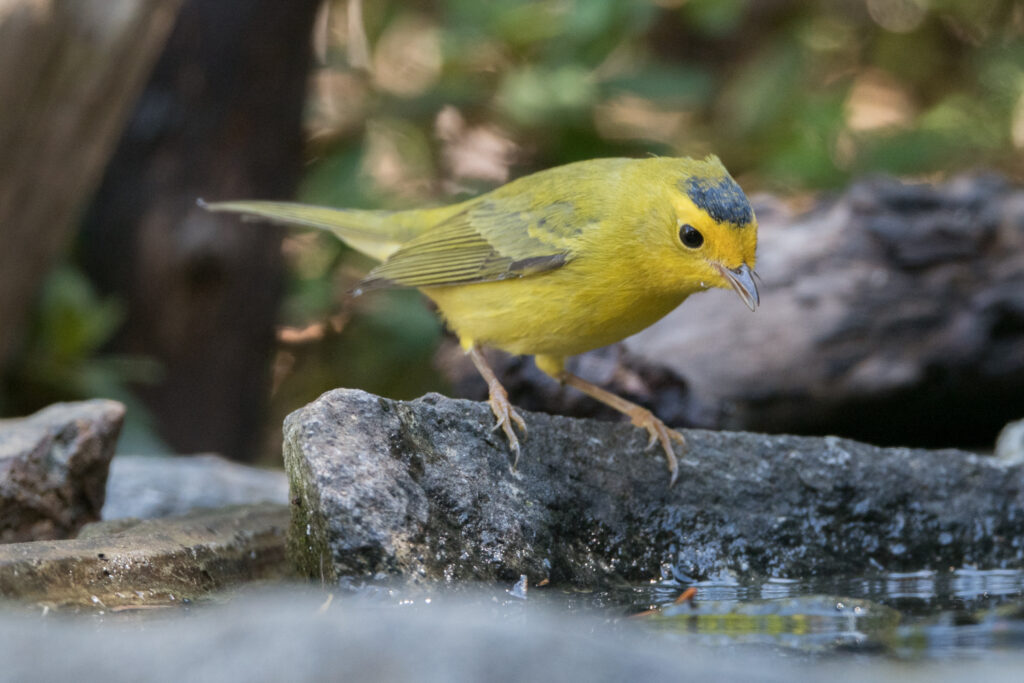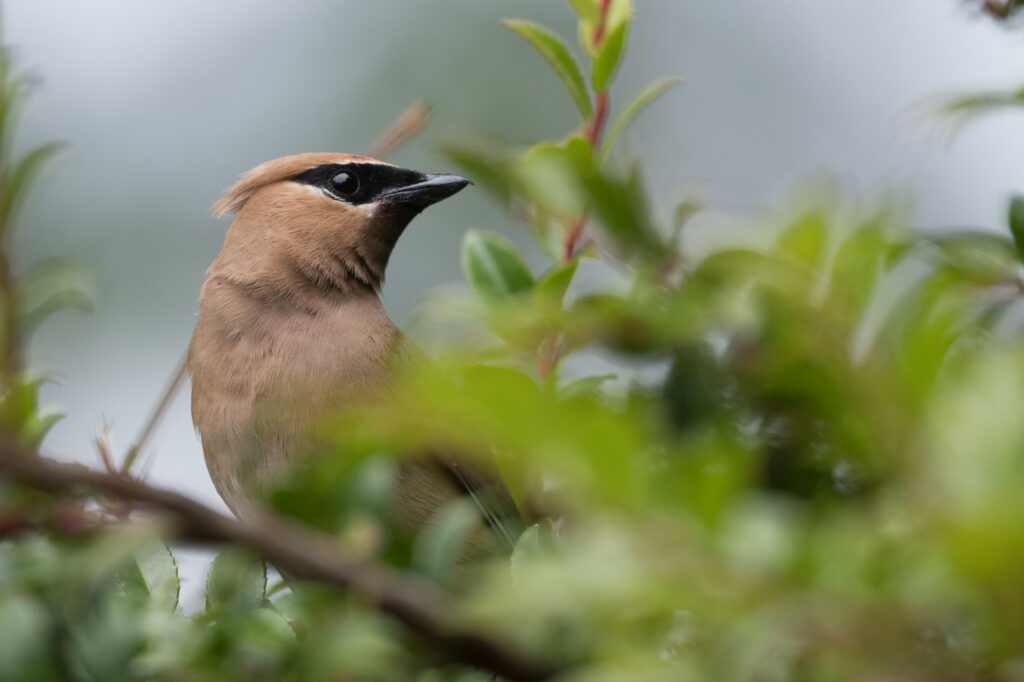On October 2, 2023, I had a rather interesting yard birding day. It was a great day for photography and I managed to obtain very good photos of some of our sparrow species.
A White-crowned sparrow, one of two adults in the yard…

A Golden-crowned sparrow. I’ve counted three in the yard at one time but think there are probably more with possibly more to arrive. A I recall, last year we set a record with nine.
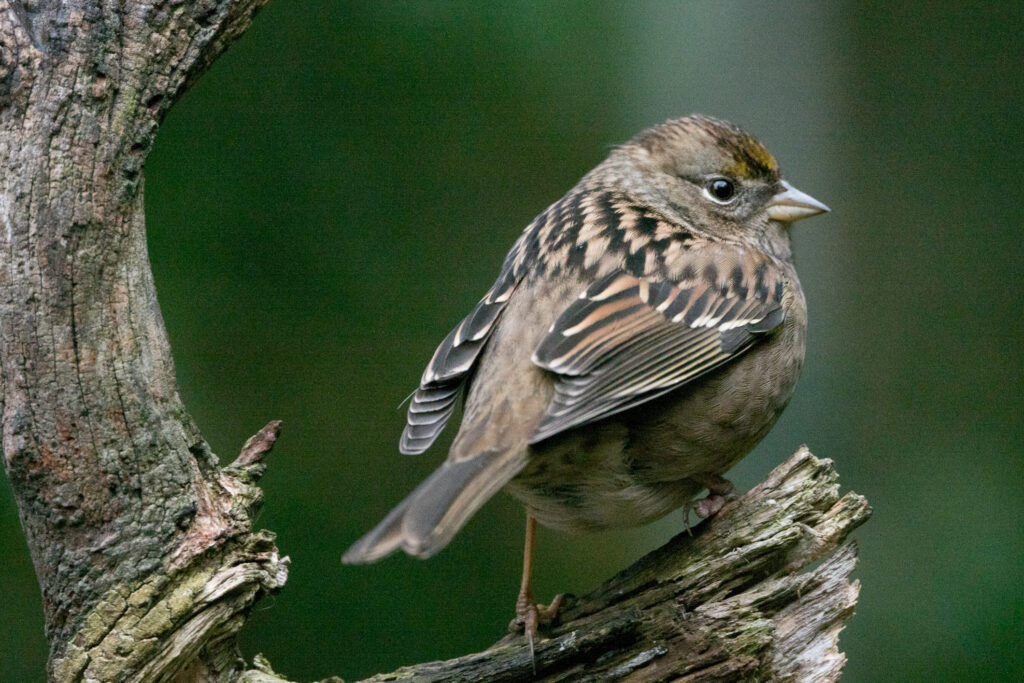
A Golden-crowned sparrow feasting on huckleberries from the huckleberry bush near our watercourse…
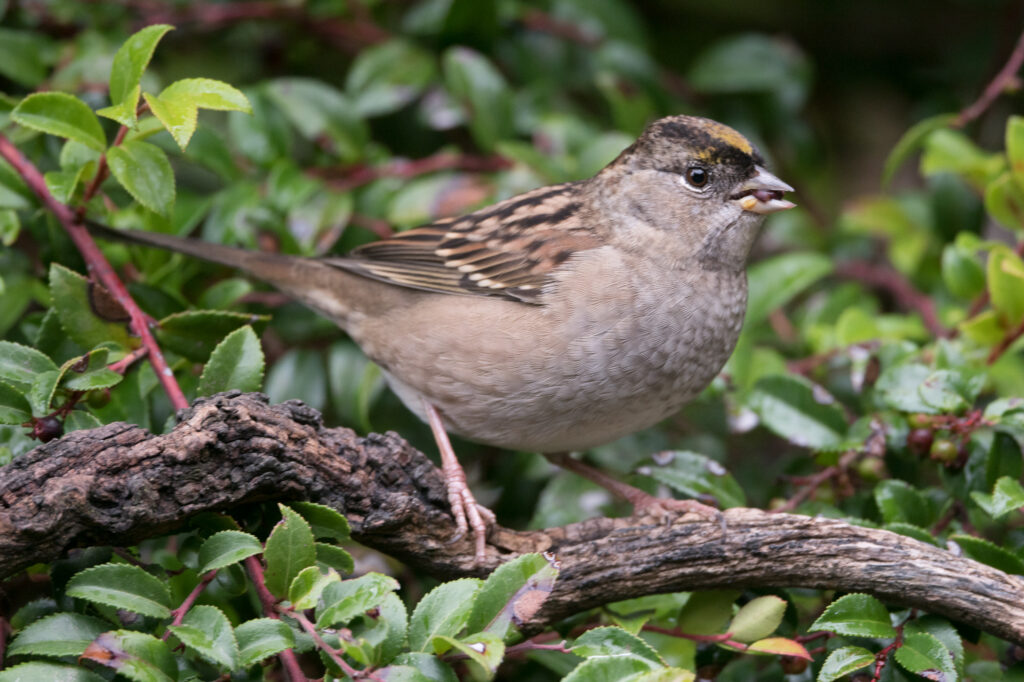
We have a Spotted towhee with a deformed (crossed) beak that’s been hanging around the yard for several months now. I believe that this is a bird that was fledged this year. I’ve followed its progress as its plumage changed over time. I was initially concerned that the bird would perish due to not being able to obtain/process food, but it seems to be doing just fine.
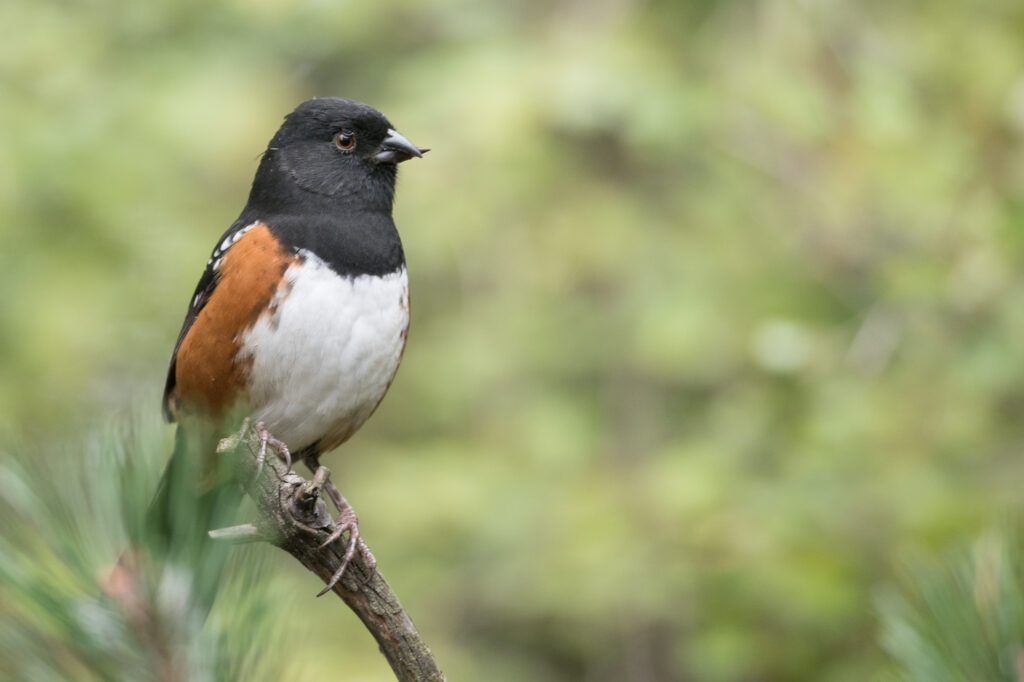
And to round out the sparrows, a leucistic male Dark-eyed (Oregon) junco. (Note the white collar on the bird.) This may be a bird I’ve photographed in a past year.

W also have a pair of Song sparrows. The White-throated sparrow that was in the yard for a couple of weeks seems to have moved on and we’re still waiting for our first Fox sparrow.
We’re having a trickle of kinglets visit the yard, most of which are Golden-crowned kinglets. You’ll have to trust me when I say that this one is a male!!
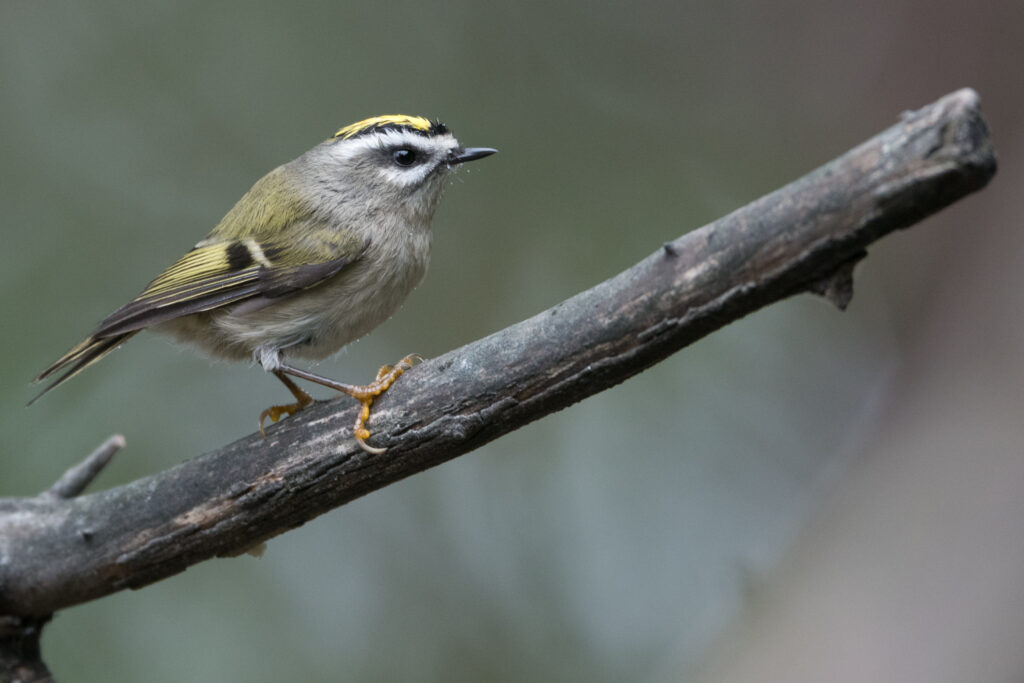
On this day we were also visited by a Ruby-crowned kinglet, an apparent female.
